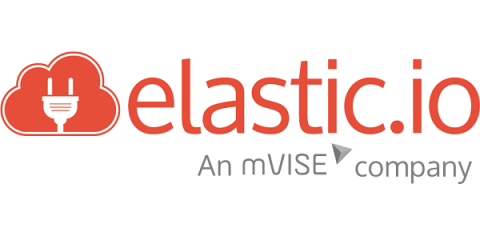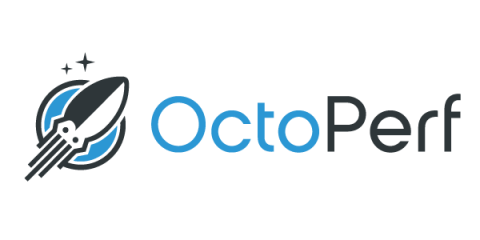3 reasons mobile business intelligence apps have minimal adoption in your business (and how to fix it)
It’s no secret that, despite the huge movement toward sustainable living, we just can’t live without some things being instant. One such crutch for students worldwide and most of Asia’s young adult population (also the entire American prison system) are the ubiquitous instant noodles. 100 billion servings are eaten every year. It’s convenience in a cup.








